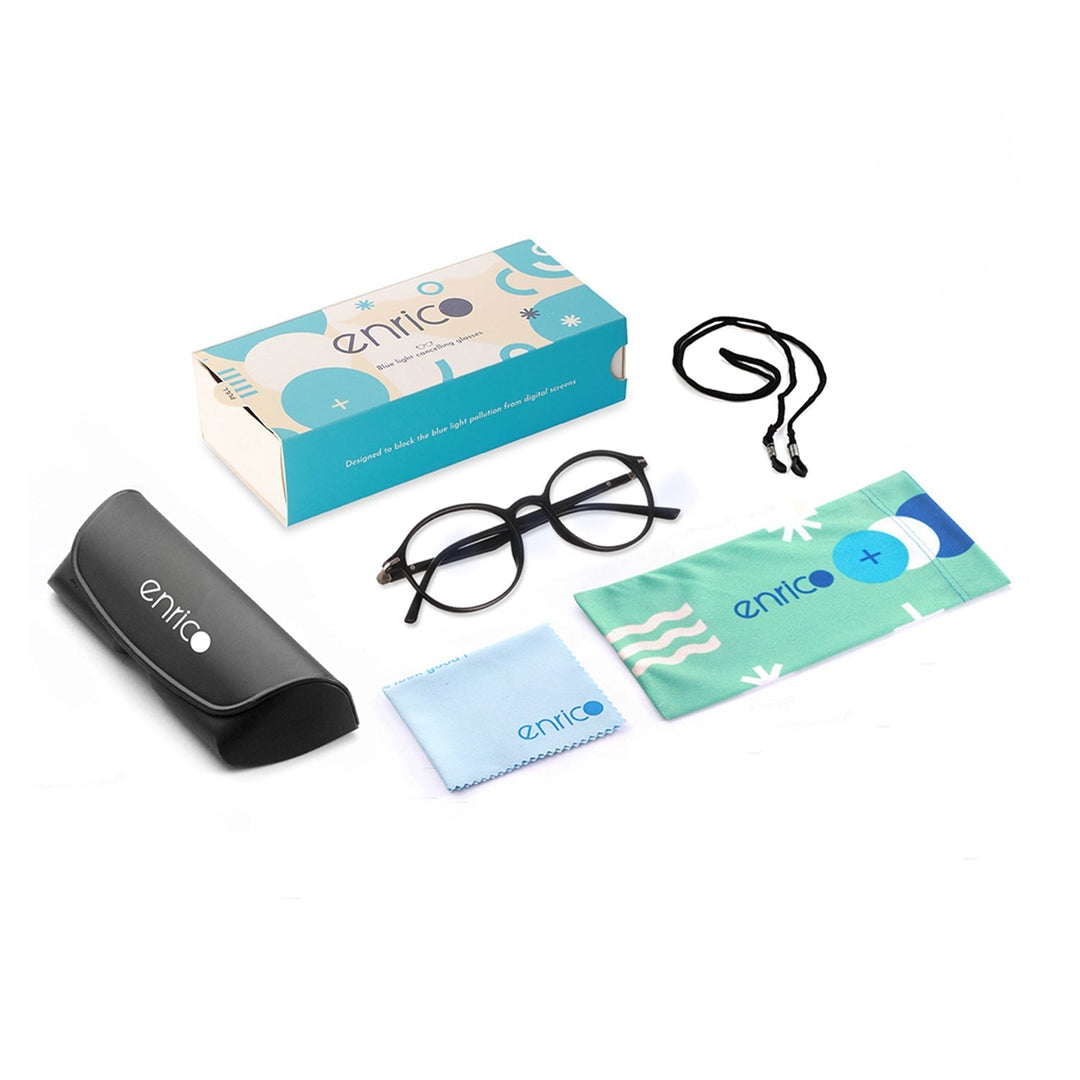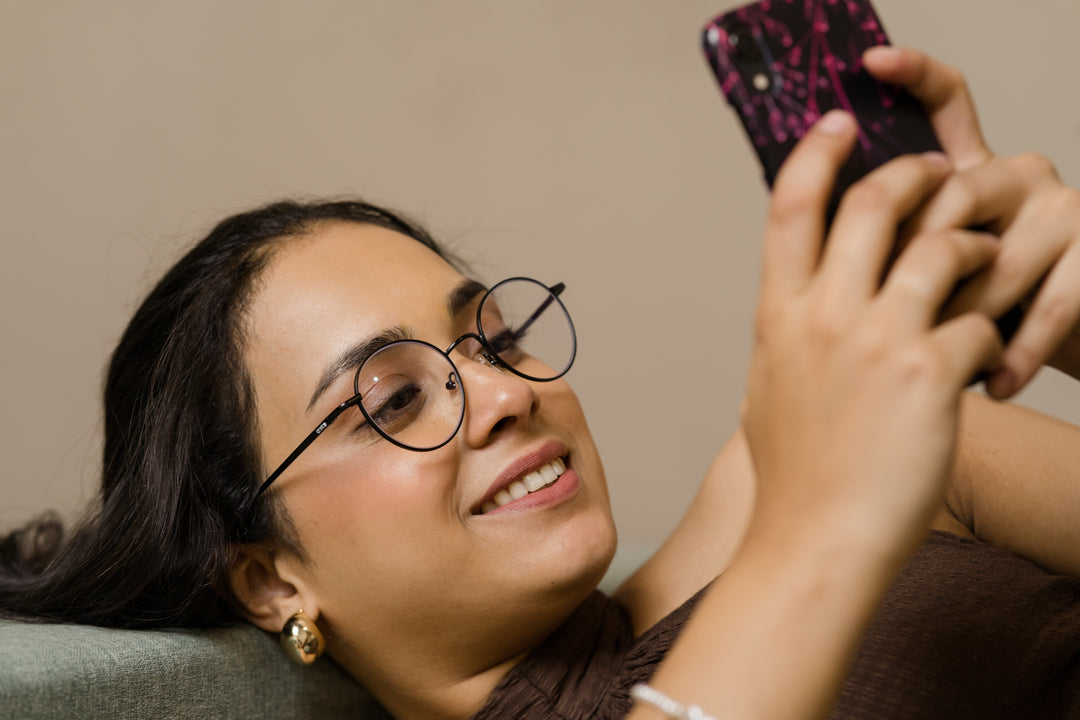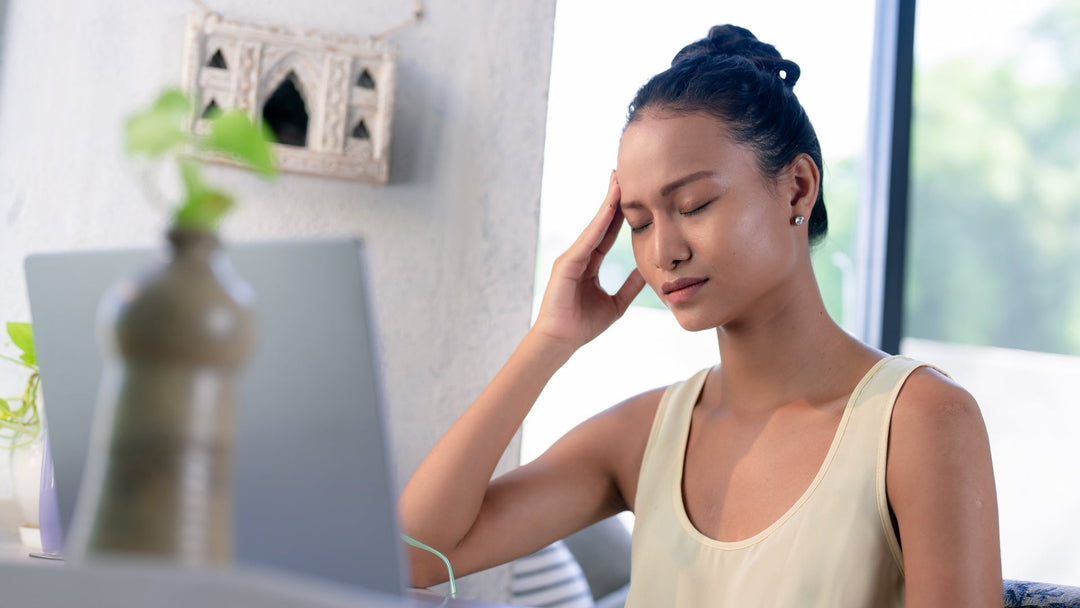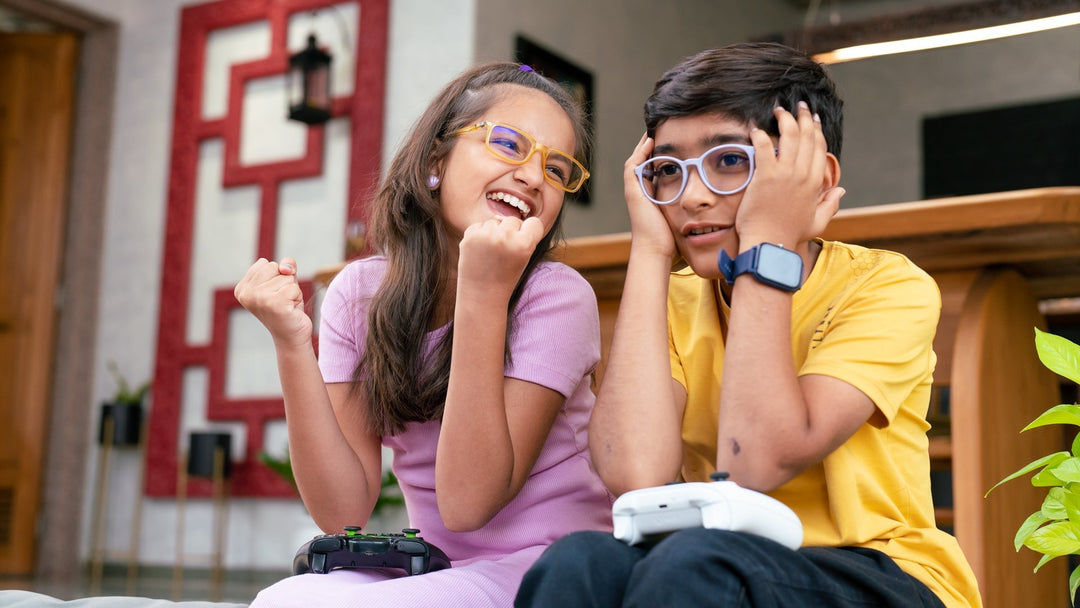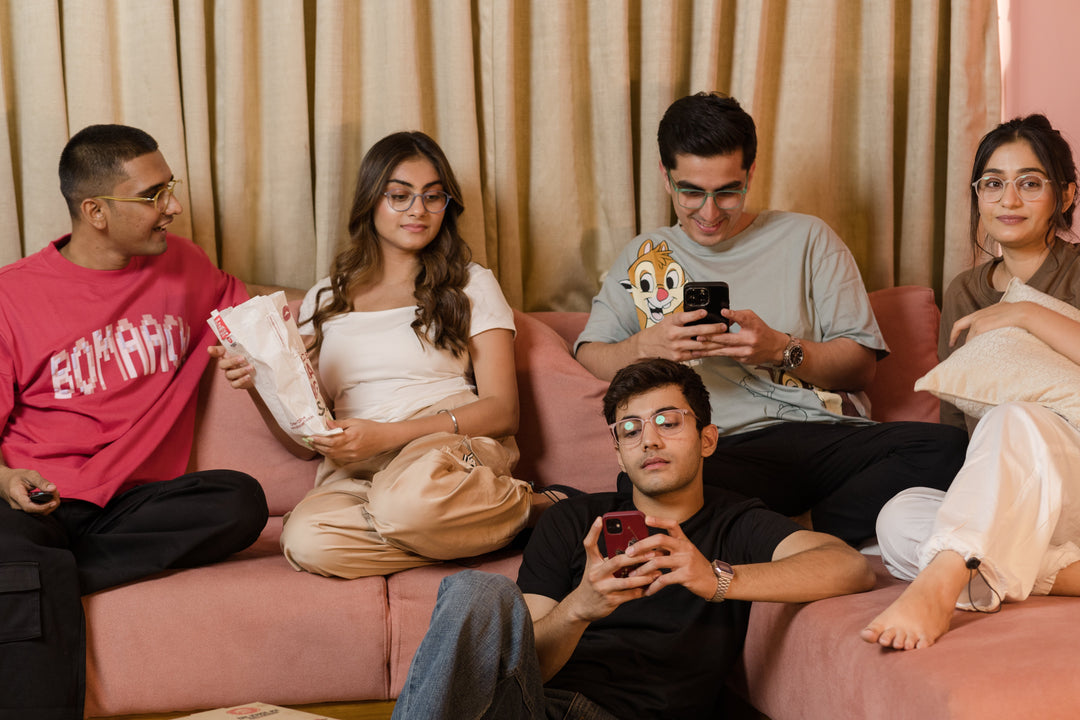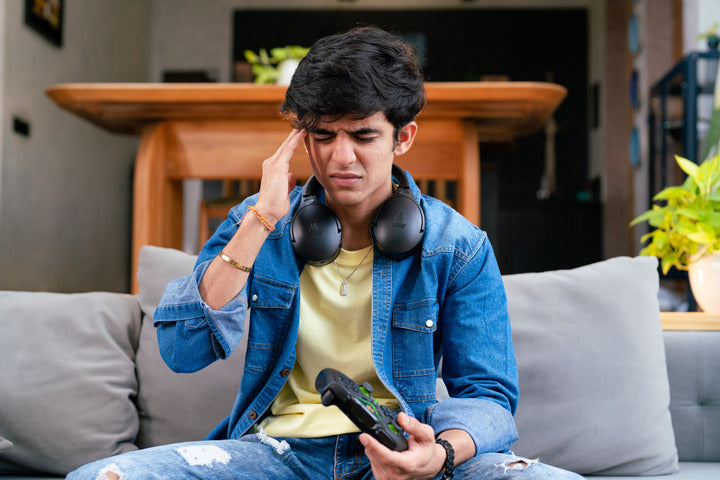The Impact of Blue Light on the Body: Understanding its Effects
Date
Duration
2 min read

Children are increasingly exposed to electronic devices such as smartphones, tablets, and computers. However, the prevalence of these devices has raised concerns about the potential harm caused by blue light emitted from screens. In this blog post, we will explore the effects of blue light on children's sleep, eye health, and overall well-being, as well as provide tips for mitigating its risks.
Effects on Sleep:
Blue light exposure can significantly impact children's sleep patterns. The high-energy light emitted by screens can disrupt their natural circadian rhythm, making it harder for them to fall asleep and potentially leading to shorter sleep durations and decreased sleep quality. Consistent exposure to blue light before bedtime can interfere with the production of melatonin, the hormone responsible for regulating sleep.
Eye Health:
Children's eyes are still developing and may be more susceptible to the potential risks associated with blue light exposure. Prolonged screen time can lead to digital eye strain, causing symptoms such as eye fatigue, dryness, redness, and blurred vision. There is ongoing research to determine if long-term exposure to blue light in childhood may contribute to the development of eye conditions such as myopia (nearsightedness) and macular degeneration later in life.
Impact on Mood and Behavior:
Studies suggest that excessive screen time, including exposure to blue light, may have adverse effects on children's mood and behavior. Increased levels of screen usage have been linked to higher rates of anxiety, depression, and attention problems among children. The disrupted sleep patterns caused by blue light exposure can further exacerbate mood swings and impact cognitive function.
Tips to Minimize Blue Light's Impact:
Set Screen Time Limits: Establish clear guidelines for screen time duration and encourage children to take regular breaks. Encourage engaging in other activities that promote physical movement, creativity, and social interaction.
Use Blue Light Filters and Apps: Enable built-in blue light filters or install applications that reduce blue light emissions on devices used by children. These features help to minimize the amount of blue light reaching their eyes.
Create a Technology-Free Bedroom: Designate bedrooms as screen-free zones to promote a conducive sleep environment. Encourage winding down before bedtime with calming activities such as reading, storytelling, or listening to soft music.
Encourage Outdoor Time: Encourage children to spend time outdoors and engage in physical activities. Natural light exposure during the day helps regulate their circadian rhythm and minimizes the negative impact of blue light in the evening.
Conclusion:
While electronic devices provide numerous educational and entertainment benefits, it is essential to recognize the potential harm caused by blue light on children's sleep, eye health, mood, and behavior. By implementing screen time limits, utilizing blue light filters, creating technology-free zones, and promoting outdoor activities, parents and caregivers can help mitigate the risks associated with blue light exposure. Striking a balance between screen usage and other developmental activities is crucial to ensure the overall well-being and healthy development of children in the digital age.
Effects on Sleep:
Blue light exposure can significantly impact children's sleep patterns. The high-energy light emitted by screens can disrupt their natural circadian rhythm, making it harder for them to fall asleep and potentially leading to shorter sleep durations and decreased sleep quality. Consistent exposure to blue light before bedtime can interfere with the production of melatonin, the hormone responsible for regulating sleep.
Eye Health:
Children's eyes are still developing and may be more susceptible to the potential risks associated with blue light exposure. Prolonged screen time can lead to digital eye strain, causing symptoms such as eye fatigue, dryness, redness, and blurred vision. There is ongoing research to determine if long-term exposure to blue light in childhood may contribute to the development of eye conditions such as myopia (nearsightedness) and macular degeneration later in life.
Impact on Mood and Behavior:
Studies suggest that excessive screen time, including exposure to blue light, may have adverse effects on children's mood and behavior. Increased levels of screen usage have been linked to higher rates of anxiety, depression, and attention problems among children. The disrupted sleep patterns caused by blue light exposure can further exacerbate mood swings and impact cognitive function.
Tips to Minimize Blue Light's Impact:
Set Screen Time Limits: Establish clear guidelines for screen time duration and encourage children to take regular breaks. Encourage engaging in other activities that promote physical movement, creativity, and social interaction.
Use Blue Light Filters and Apps: Enable built-in blue light filters or install applications that reduce blue light emissions on devices used by children. These features help to minimize the amount of blue light reaching their eyes.
Create a Technology-Free Bedroom: Designate bedrooms as screen-free zones to promote a conducive sleep environment. Encourage winding down before bedtime with calming activities such as reading, storytelling, or listening to soft music.
Encourage Outdoor Time: Encourage children to spend time outdoors and engage in physical activities. Natural light exposure during the day helps regulate their circadian rhythm and minimizes the negative impact of blue light in the evening.
Conclusion:
While electronic devices provide numerous educational and entertainment benefits, it is essential to recognize the potential harm caused by blue light on children's sleep, eye health, mood, and behavior. By implementing screen time limits, utilizing blue light filters, creating technology-free zones, and promoting outdoor activities, parents and caregivers can help mitigate the risks associated with blue light exposure. Striking a balance between screen usage and other developmental activities is crucial to ensure the overall well-being and healthy development of children in the digital age.


